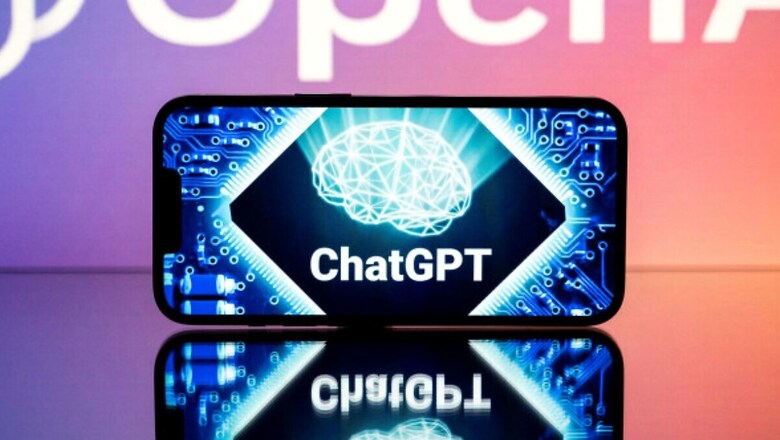
views
As per the National Education Policy (NEP), India plans to revamp its education system with a renewed focus on application, creativity, and innovation. It aims to create an educational framework that nurtures learners’ potential to the fullest. Speaking of innovation, Artificial Intelligence (AI) is one of the most promising technologies that has the potential to reshape the way we live, work, and learn. Integrating AI, specifically Generative Pretrained Transformer (GPT), into the education system is a crucial step to keeping pace with the rapidly changing technological landscape. It could transform the traditional education model into a more personalised, adaptive, and effective learning experience. Furthermore, a change is already on the cards. Therefore, now is the perfect time for integration.
In the last six months, GPT has left an impression on everybody across the world. According to SimilarWeb, in February alone, OpenAI’s ChatGPT received one billion visitors and had over a hundred million users. ChatGPT is an artificial intelligence conversation tool that generates responses to prompts. With ChatGPT already available in English, Spanish, French, and German among others, it is only a matter of time before it is available in top Indian languages. This would help expand access to education and bridge the gap between different mediums of instruction in the Indian educational landscape. ChatGPT, being available offline, is another perk considering that internet access is not available everywhere in India. There are several benefits to incorporating GPT into education in India.
How many times have Indian students learned some concepts without knowing how they are going to be used in real-world situations? Even if we forget the practical application, there are so many times people learn to memorise the concepts instead of understanding them. That is where the integration of GPT would help the students. They can have back-and-forth conversations with GPT. Additionally, GPT can summarise concepts at different levels of complexity using practical examples. Thus, GPT can assist students in grasping concepts, faster and more effectively. In a way, it could act as a learning companion that knows what it is talking about.
Teachers can benefit from the same perks as well, along with some teacher-specific perks too. One of the most mundane, time-consuming tasks of a teacher is grading papers. A teacher’s life would be so much easier if this part of teaching were automated. No one in the education realm dreamt of grading papers when they decided to pursue teaching. Here is something that is not a secret. We have the technology to automate grading. With the GPT, creating tests and quizzes can be straightforward with trivial time spent on these tasks. Teachers can use this time wisely by interacting with students, clarifying their doubts, and giving them meaningful feedback. GPT can help with the instructional aspect as well. Using GPT, teachers can come up with real-world examples relevant to the students’ passions and interests in the classroom. This will create a unique and personalised learning environment. GPT can also generate reports on students’ performance that could help secure grants and other funding opportunities.
Despite the benefits, there are some challenges with GPT. Training programs need to be developed for teachers and students to familiarise them with AI technology and how to integrate them into their classrooms. The training should be comprehensive to provide learners with an in-depth view of AI systems’ various uses for students, teachers, and administrators. Additionally, accepting changes is strenuous. This is especially true when you want a large group of people to do it. Finally, it is imperative that the students ask sufficient relevant questions. Otherwise, they might have a shallow understanding of the concepts.
This is why AI cannot replace teachers. India must integrate education with AI to facilitate teachers with modern tools to educate students. It can assist students to learn the concepts better, free up teachers’ time, and help develop the skills of the next generation of India.
Akshay Srinivasan, as a software engineer and Purdue University graduate, is well-versed in the field of technology with an interest in mental health, cricket, and football spaces. Views expressed are personal.
Read all the Latest Opinions here



















Comments
0 comment